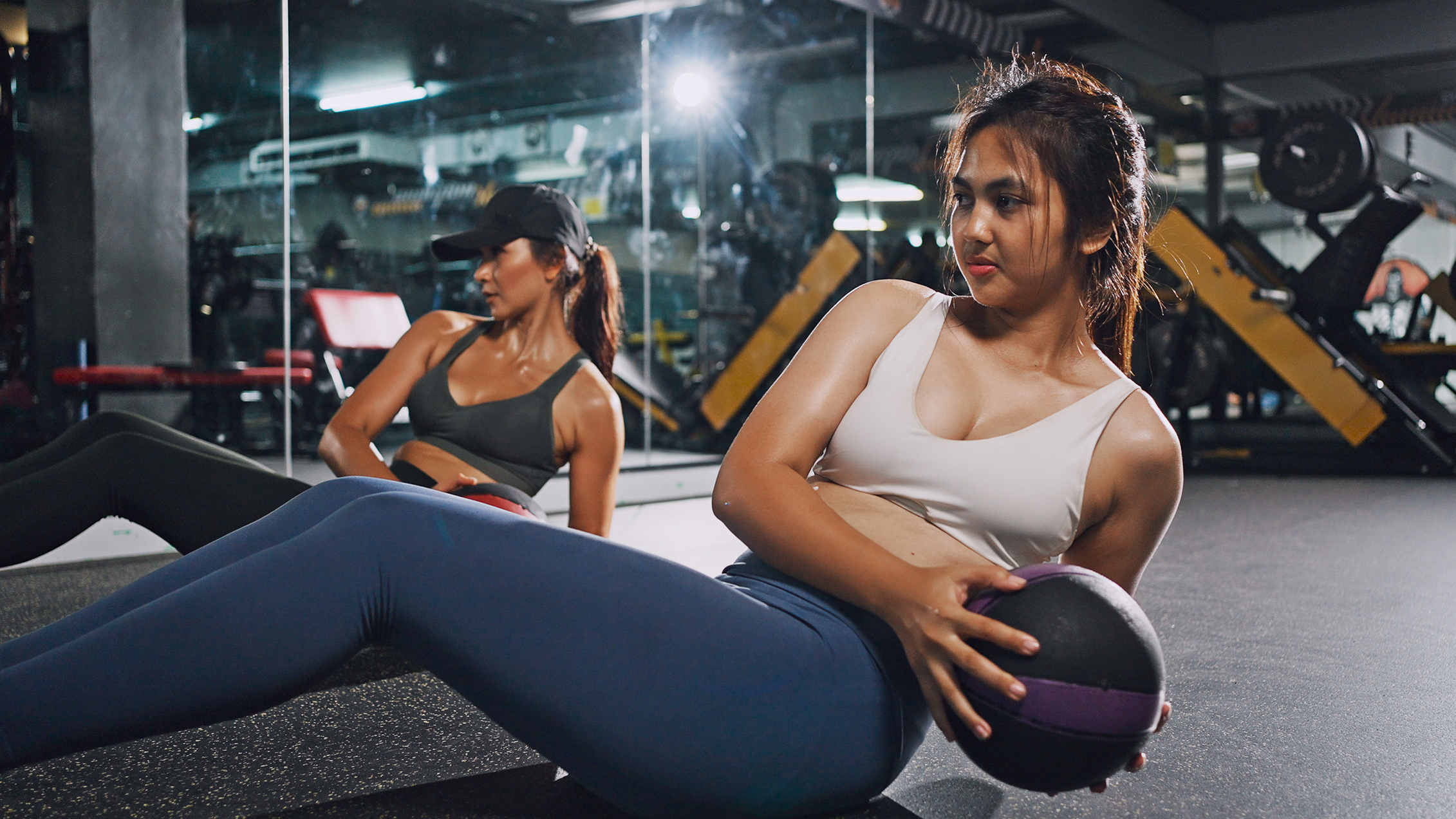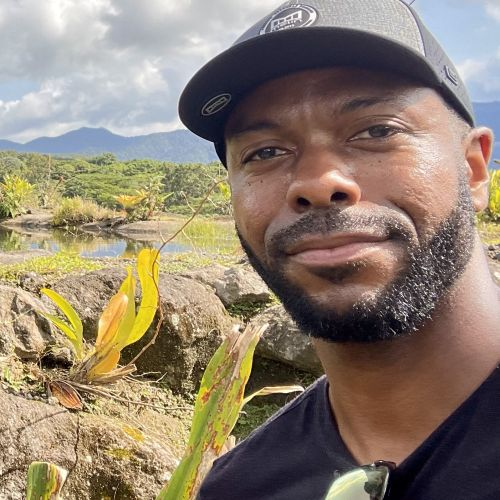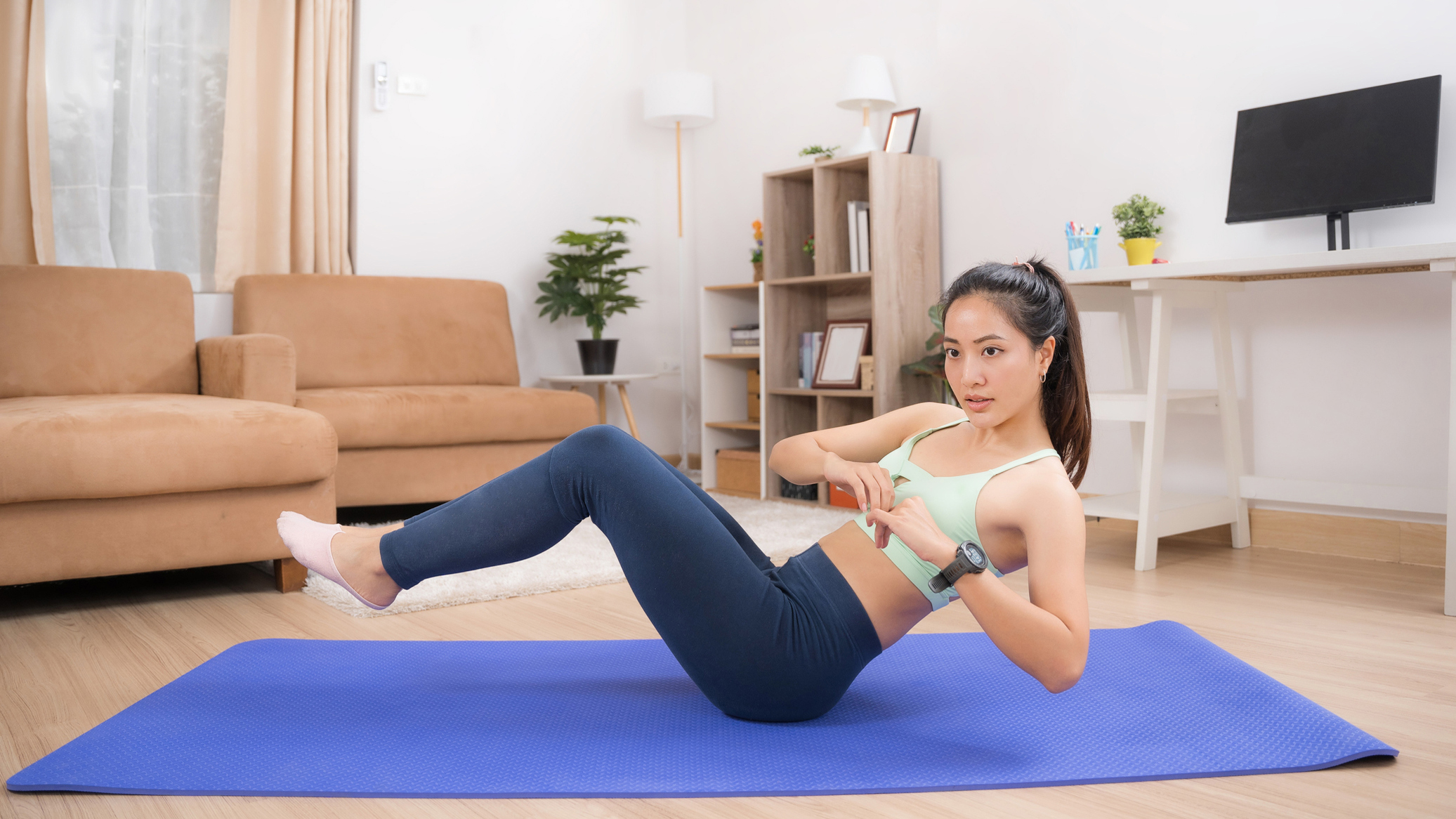A personal trainer says you’ve probably been doing Russian twists all wrong—here's how to do them correctly
Tweak your technique to maximize your gains when doing this core-blasting exercise


It’s no surprise that the Russian twist continues to be a popular exercise. It can strengthen the core, obliques and back, as well as enhancing your balance and stability.
To do it, you simply lift your feet off the floor and twist from side to side. Sounds simple, but it’s worth checking your technique if you want to get the best results. There are some common errors that can reduce the effectiveness of the move if you’re not careful.
Take on board the tips below from certified personal trainer Chris Pruitt to help you activate the right muscles and protect you against injury.

Chris is a certified personal trainer with the American Sports and Fitness Association (ASFA). He holds a health club management certification and is CEO of WorkoutHealthy.com. This combination of business acumen and fitness expertise allows Chris to offer nuanced insights into fitness trends, gym equipment technology, effective health club management, diet/nutrition lifestyle, and all things entrepreneurial related.
Five mistakes you might be making with your Russian twists
Speed over form: "Many believe faster twists yield better results," says Priutt. "However, focusing on speed can compromise form, leading to less core engagement. To correct this focus on slow, controlled movements for maximum muscle engagement."
Over-rotating: "Excessive rotation can strain the lower back," explains the trainer. "Rotating your torso just enough to feel your obliques engage without discomfort is best."
Improper breathing: "Holding your breath or irregular breathing patterns can decrease stability," says Pruitt. "I recommend you breathe out on twists and in when returning to the center, maintaining a steady rhythm."
Using only arms: Here’s one that can occur later in your reps as you tire. "Relying on arm movement rather than torso rotation reduces effectiveness," he says. "To correct this, initiate the twist from the torso, keeping arm movements minimal."
Get the Fit&Well Newsletter
Start your week with achievable workout ideas, health tips and wellbeing advice in your inbox.
Hunching back: "This frequent error reduces core activation and strains the back. Keep your spine straight and chest up to engage the core correctly," says Pruitt.
How to do a Russian twist properly

Sit on the floor with your legs out straight in front of you. Lean back a little and raise your legs. If the move is too challenging like this then you can keep your heels in contact with the floor. Pruitt adds that you should "focus on a strong core engagement and maintain a straight back for effective and safe execution."
Actively focus on your balance, twist your torso and lightly touch the floor on either side of you whilst keeping your legs motionless. "Ensure controlled, smooth torso rotations and coordinate your breath with each twist for better stability," adds Pruitt.
Once you’ve mastered this basic technique, you can add a weight into the move by holding a dumbbell or kettlebell at your chest, to increase the challenge.
Ready to add some more weight to your exercise? Read through our guide to the best adjustable dumbbells and best kettlebells to find something that fits your workout

Dan Cooper is an experienced fitness writer who firmly believes in the power of running. The hardest race he has completed so far was Tough Guy, the world’s oldest and most demanding OCR event. There he learned that you may be able to outpace opponents, but outrunning hypothermia? That's a different race entirely.